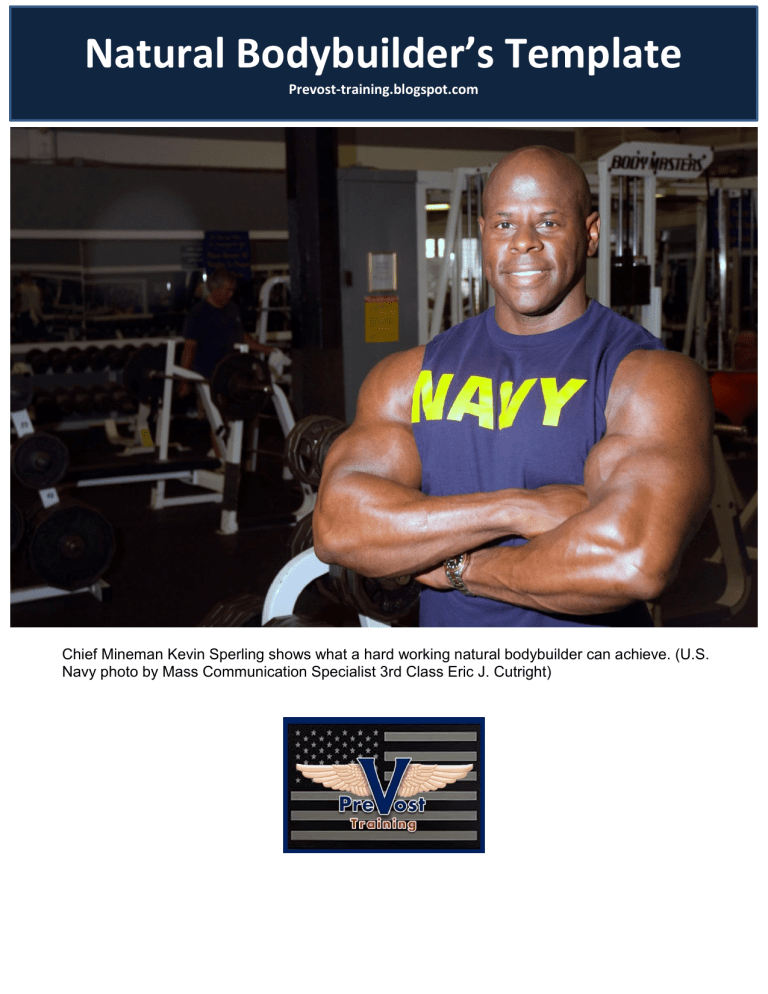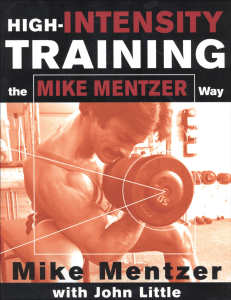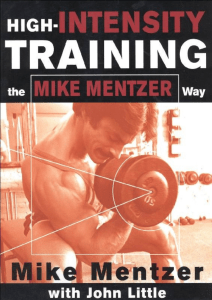
Natural Bodybuilder’s Template Prevost-training.blogspot.com Chief Mineman Kevin Sperling shows what a hard working natural bodybuilder can achieve. (U.S. Navy photo by Mass Communication Specialist 3rd Class Eric J. Cutright) Disclaimer: The advice and information contained in this document may not be appropriate for all individuals. Therefore, the author, employees, company, affiliates, or any other parties involved in the creation or promotion of our products are not responsible for any injuries or health conditions that may result from advice, opinions, and programs represented in this program or any of our training programs or other products. The information on this website and in the training program are the opinions of the author and are not a replacement for medical advice. You should consult a physician before starting any diet or exercise program. If you choose to follow the program without consulting your physician, you are doing so at your own risk. We claim no responsibility for any injuries you might sustain. The opinions and assertions contained herein are the private opinions of the author and are not to be construed as official or reflecting the views of the Department of Defense. Drug free bodybuilders cannot follow the same training programs used by bodybuilders who take performance enhancing drugs. The drugs dramatically change the body’s physiology and alter recovery patterns. What a drug using bodybuilder does in training is completely irrelevant for the natural bodybuilder. The day to day, basic routine of most successful natural bodybuilders is very similar. It is a simple template. Frequently, the simplest training templates are the most effective. This is a simple, but effective template for the natural bodybuilder. Here are some important considerations with this simple template: 1. Repetition volume: The optimal volume for producing muscle growth without overtraining seems to be about 55-65 reps for large muscle groups (chest, upper back, thighs/glutes) and about 30-40 for smaller muscle groups (arms, shoulders, calves, hamstrings) 2. Repetition number: The ideal repetition number for muscle hypertrophy (growth) is 8-12 repetitions. This program puts you in the middle of that range. This rep range strikes the right balance between tension (heavy) and fatigue (reps). 3. Fatigue stimulus: The amount of rest given between sets is important for stimulating hypertrophy. In this case we are providing 1 minute between sets of lower body exercises, and 30 seconds between sets of upper body exercise. Lower body exercises require more rest. The fatigue stimulus this creates is important for stimulating muscle hypertrophy. 4. Training frequency: The training frequency is right in the middle of the range that is most well tolerated by bodybuilders who are drug free. This is a near optimal training frequency. Of course, there will be individual differences in what is optimum depending on age, nutritional status, sleep, and genetic differences. This template represents the most widely used, and successful pattern. This Mon/Thur: Lower Squat: 3 X 10 (1 min. rest between sets) Stiff legged deadlifts or good mornings: 3 X 10 (1 min rest) Shrugs: 4 X 10 (30 sec rest)* Hack squat or leg press: 3 X 10 (1 min rest) Good mornings or stiff legged deadlifts: 3 X 10 (1 min rest) Calf raise: 4 X 10 (1 min rest) *This is an upper body exercise but it will be trained to a significant extent with stiff legged deadlifts, so we might as well finish it off here. Tue/Friday: Upper Barbell or d-bell bench press: 3 X 10 (30 sec rest) Pull-up or pull down: 3 X 10 (30 sec rest) Barbell or d-bell incline press: 3 X 10 (30 sec rest) D-bell, barbell, or cable rows: 3 X 10 (30 sec rest) Shoulder lateral raises: 3 X 10 (30 sec rest) Triceps: 3 X 10 (30 sec rest) Biceps: 3 X 10 (30 sec rest) Notes: 1-2 of the sets for each muscle group should be taken to failure. Pick 2 lagging body parts for specialization. For those bodyparts employ special intensity techniques once per week. Some intensity techniques include forced negatives (forced eccentric contractions), drop sets, forced reps, and hard flexing of the muscle between sets. Perform these special techniques for only 2-3 sets for these 2 muscle groups. Do not do this for every muscle group or you will quickly over train. Other exercise selections may be appropriate. The exercises shown here are good choices but variety is good for muscle hypertrophy. Frequently changing the exercises in some subtle way, or using different exercises is optimal. The body will adapt to an exercise within 3-4 training sessions, so frequent changes is ideal. This can be done very simply by changing hand position, feet width, angles, switching from dumbbells to barbells, or changing repetition speed. You get the idea. Stick with an exercise for 3-4 sessions, and then change it in some way.




